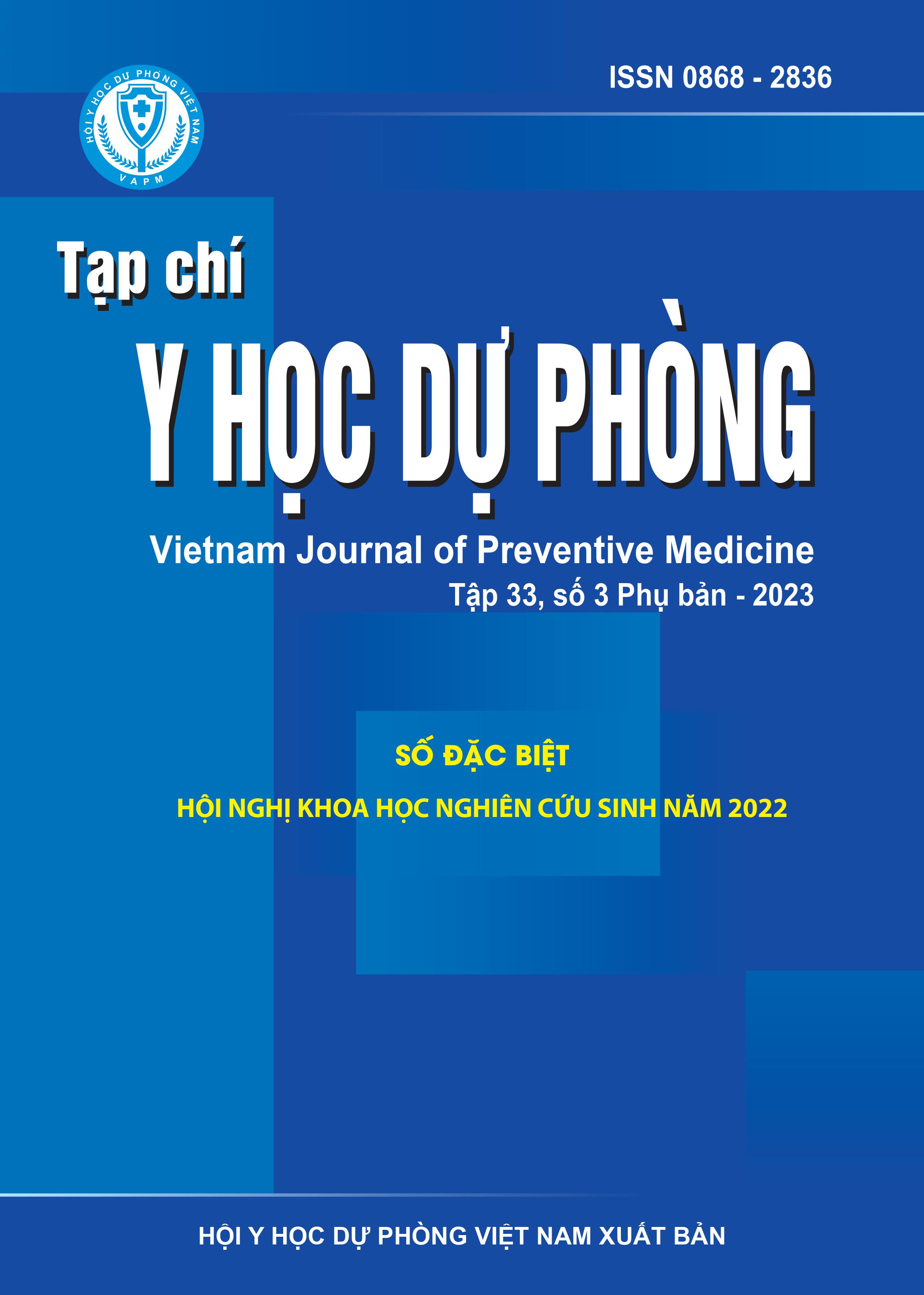Epidemiological, clinical, and subclinical characteristics of bloodstream infections in pediatric patients aged 1 month to 15 years at the National Children's Hospital, 2018 - 2020
DOI:
https://doi.org/10.51403/0868-2836/2023/1153Keywords:
Bloodstream infection, pediatric patients, hospital admissionAbstract
A cross - sectional study was conducted on 327 pediatric patients aged 1 month to 15 years with bloodstream infections (BSIs) in the inpatient departments of the National Children’s Hospital aims to describe epidemiological, clinical, and subclinical characteristics of bloodstream infections. The result showed that most children (70%) had a history of prior treatment before admission. The average duration of treatment was 22.8 ± 19.4 days. The majority of children aged 2 to 12 months (48.9%), which was significantly different from other age groups (p < 0.05). Preterm infants accounted for 10.1% of cases, and the rate of low birth weight infants (less than 2500g) was only 11.0% (p < 0.05). The BSI cases were either unvaccinated or incompletely vaccinated (70%), while the rate of fully immunized children was 30.0% (p < 0.05). BSI children with comorbidities accounted for an average of 43.5%, and there was a significant difference between the two groups with/without comorbidities (p < 0.05). Nearly 1/5 of children had septic shock. Respiratory tract infections, skin and soft tissue infections, and gastrointestinal infections were the three
most common sources of infection, accounting for 25.7%, 23.5%, and 19%, respectively. The most common reason for seeking medical care was fever in the majority of children (85.3%). The prevalence of respiratory failure in children was relatively high, accounting for 35.8%. Evaluation of systemic inflammatory response syndrome mainly relied on clear indicators of body temperature and white blood cell count.
The rate of decreased hematocrit accounted for 61.5% and had statistical significance (p < 0.05).
Downloads
Downloads
Published
How to Cite
Issue
Section
License
Publication License No 150/GP-BTTTT signed on May 8, 2014;
Electronic Publication License No 322/GP-BTTTT signed on June 15, 2016.


